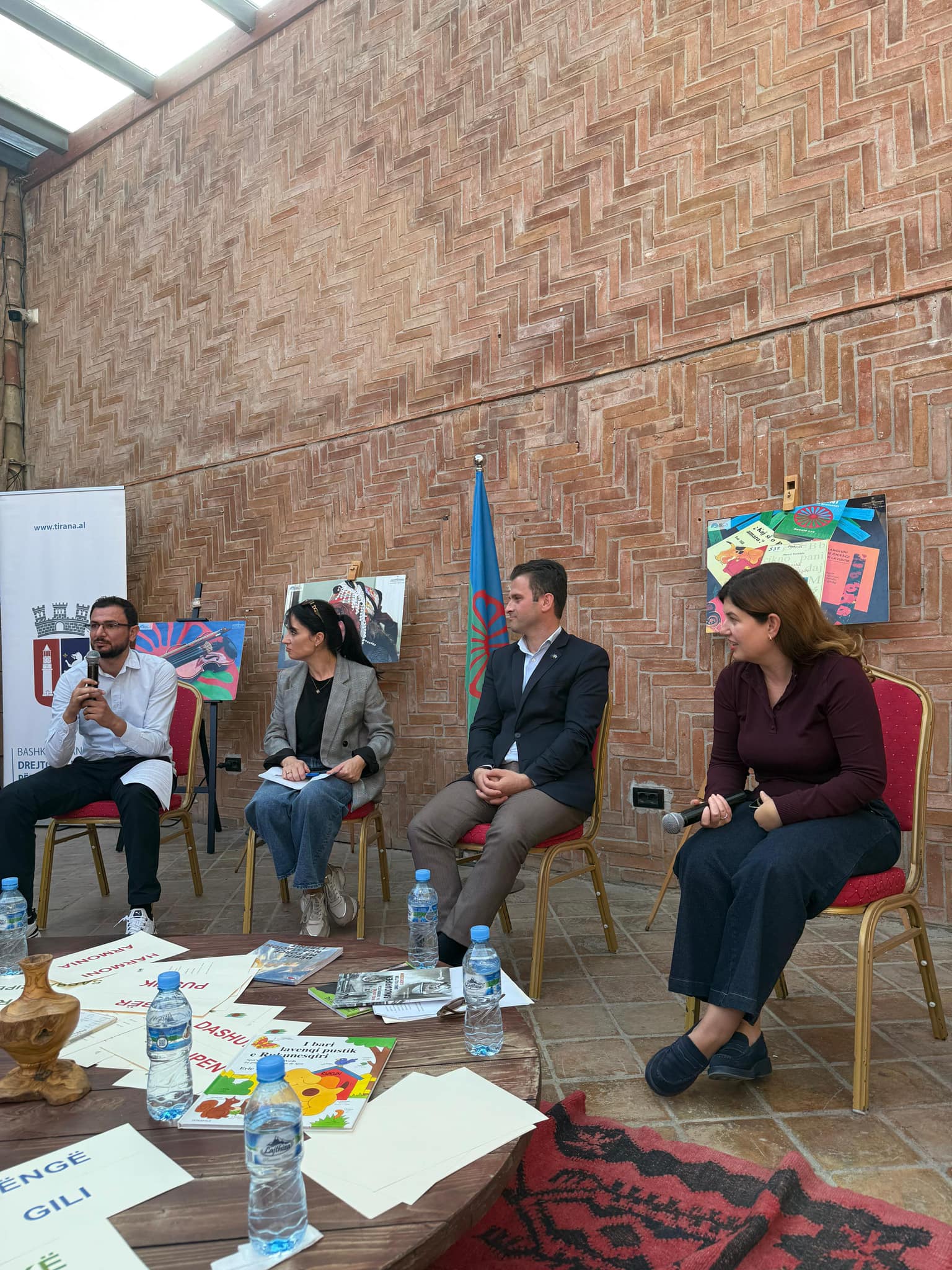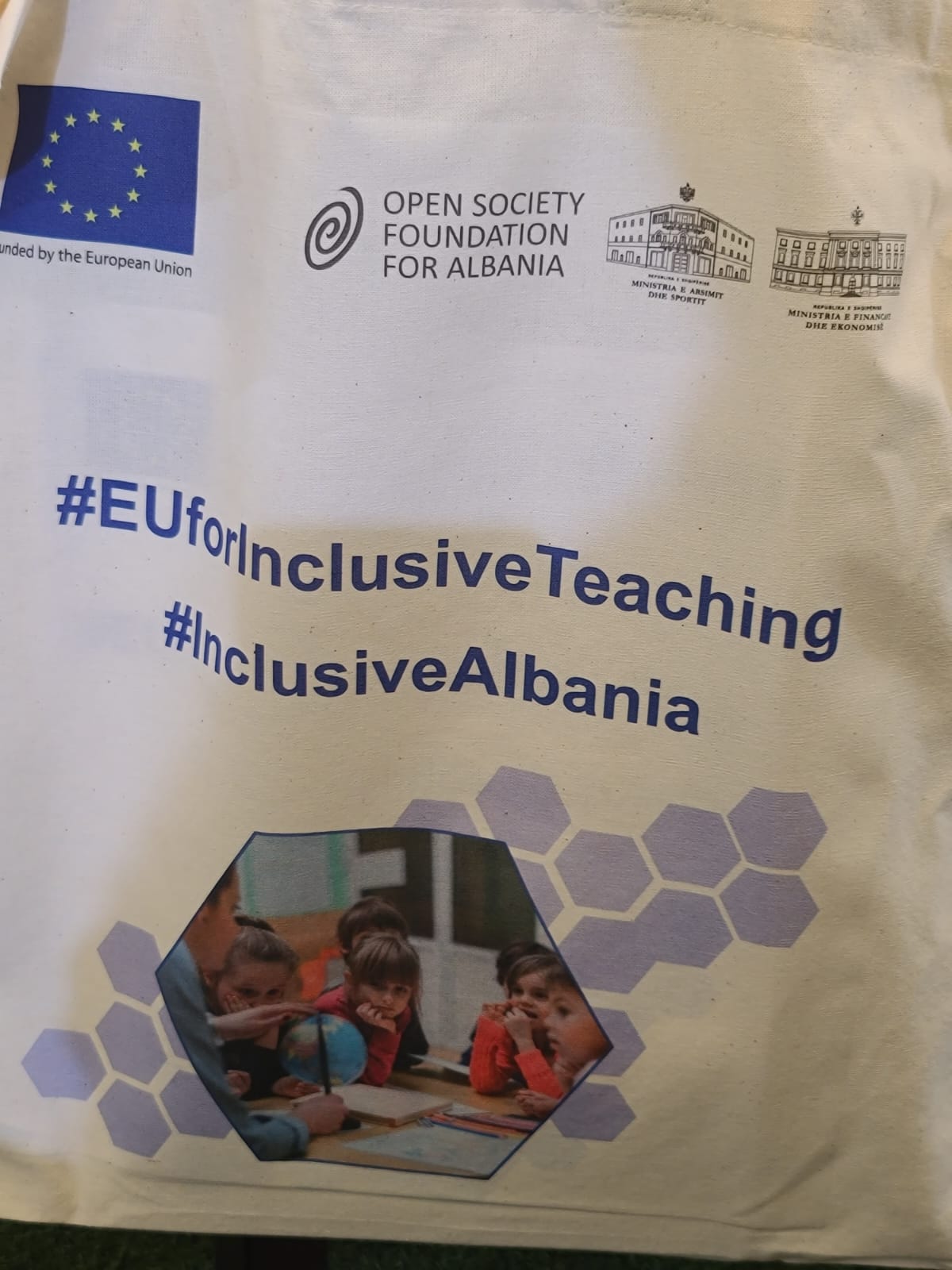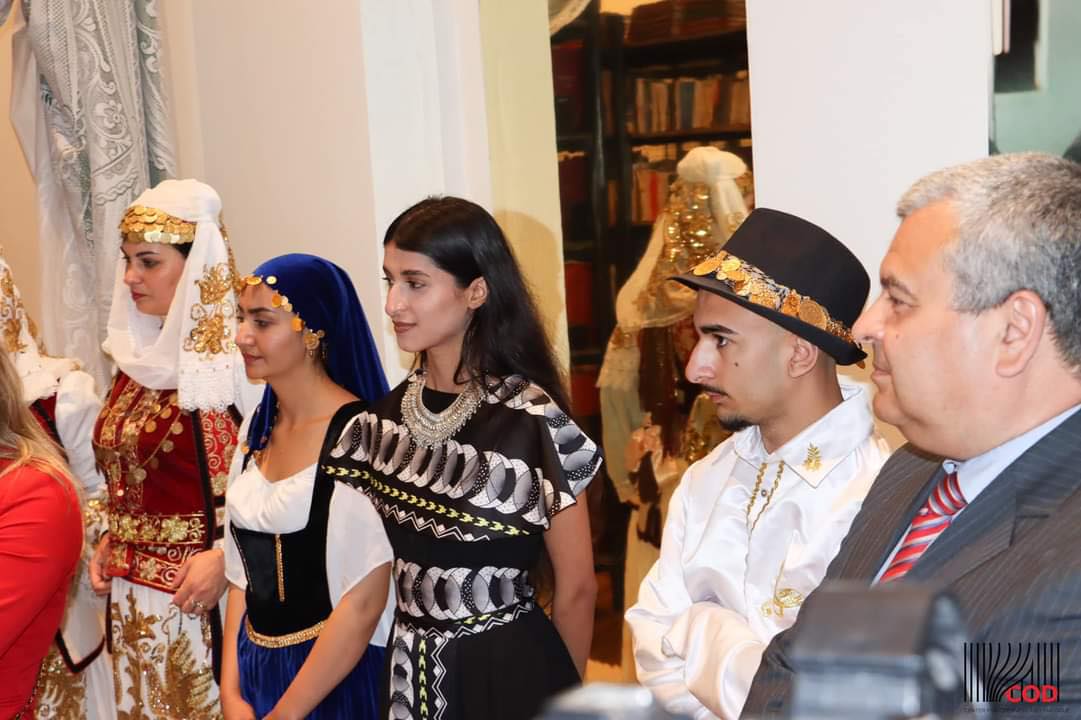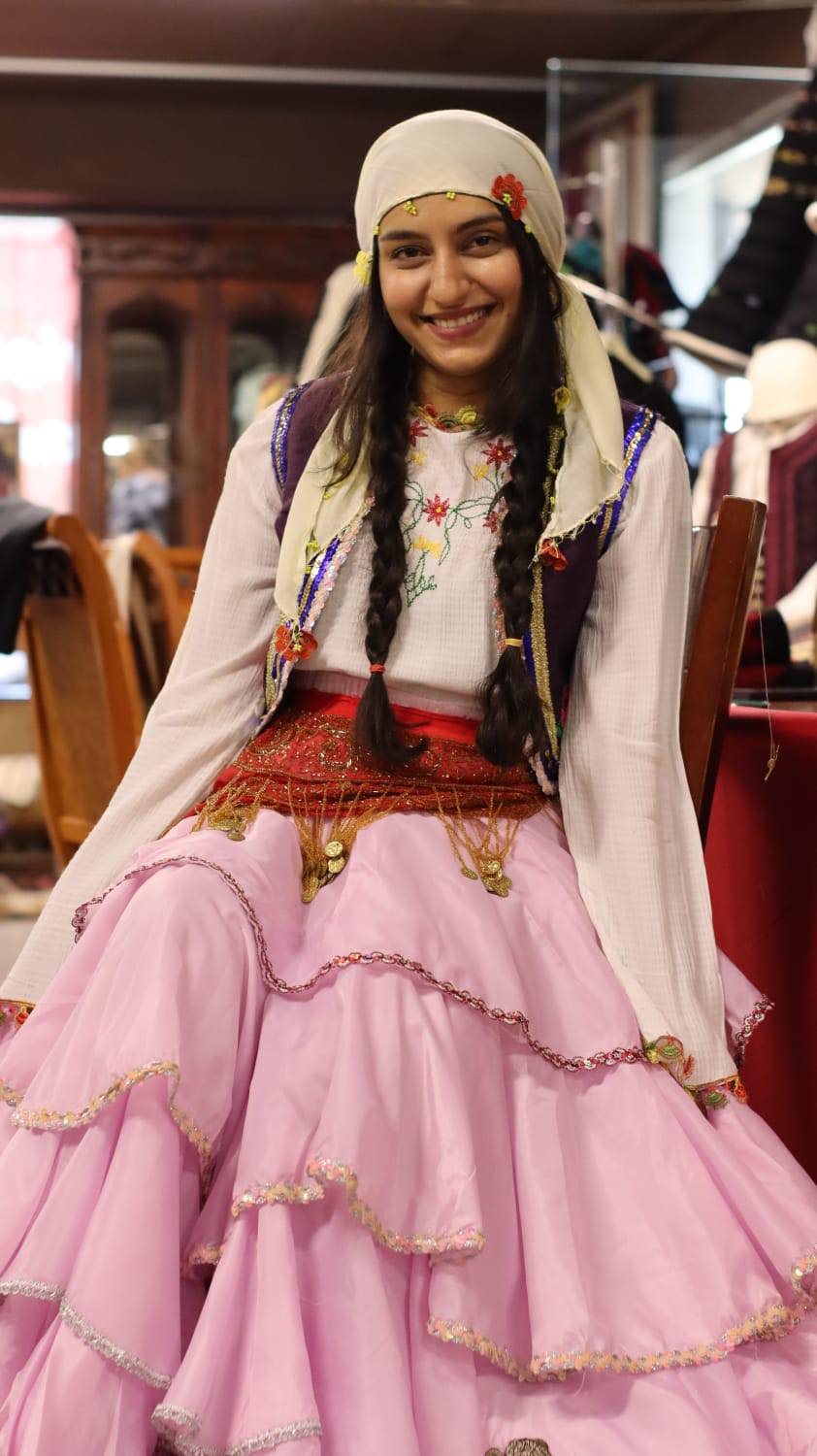Roma National Minority




Roma minority lives in Albania since the
according to numerous studies, at least since the late 14th century. In Albania, they are legally recognized as a National Minority under Law 96/2017. Historically, the Roma community has developed distinct traditions, dialects, and social structures that have survived despite continuous pressures to assimilate.
The lack of written data caused the origin of the Roma people to remain unclear for a long time. Linguistic analysis, which began at the end of the 18th century and was confirmed by prominent linguists of the 19th century, provided the first indisputable evidence linking their origin to India and the period of the first Roma migration from those territories—not to the current Indian population.
Roma minority arrived
in Europe around
as a result of a large migration between the 9th and 15th centuries. They started from the northwest of India, and thanks to the influence that the languages of some peoples of Asia and the Balkans had on the Roma language, it has been possible to reconstruct their movements.
Language
The language spoken by the Roma minority is Romani, a language undergoing a standardization process which is extremely important for Roma identity. Linguistic analyses have determined that the Romani language belongs to the Indo-European language family.
Their language, Romanes, has undergone significant Persian and Armenian influences, which shows that the Roma passed through these regions. Later, due to the Turkish conquest, the Roma of Armenia split into three groups traveling in different directions: southward to Egypt, north of the Black Sea, and westward toward the Byzantine Empire. The latter group spread throughout Europe, and their vocabulary includes words from Greek, reflecting a relatively long period spent in the Byzantine Empire.
Approved Symbols
In 1971, the First World Romani Congress was held in London, during which the symbols of this minority were adopted.
- The official identifying term “Rom” was established, along with the rejection of previously used terms that were discriminatory and offensive, such as “Gypsy” or “Tsigan.”
- The Romani flag has three elements: it features a wheel or chakra, the lower part is green, symbolizing the fields and forests that the Roma have crossed and continue to cross on their journey, and the upper part is sky blue, representing the sky where the Roma rest and live.
- The Romani anthem: the verses “Gelem, Gelem,” which mean “We went, we went” in Albanian, originally titled “Opre Roma,” were composed in 1949 by the Romani composer Zarko Jovanović.
- The establishment of institutions such as the Council, the General Secretariat, and Commissions dealing with war crimes, social and educational conditions, as well as the Romani language and culture;
Official Days of Festivities
- May 6th, Ederlezi
- April 8th, International Roma Day
- On April 8, 1971, the First World Roma Congress was held in London, where the symbols of this minority were officially adopted.
- May 16th, Roma Resistance Day
- August 2nd, Roma Holocaust Remembrance Day
- November 5th, International Romani Language Day
Minorities
Natioetare
Rome
Roma minority lives in Albania since the
according to numerous studies, at least since the late 14th century. In Albania, they are legally recognized as a National Minority under Law 96/2017. Historically, the Roma community has developed distinct traditions, dialects, and social structures that have survived despite continuous pressures to assimilate.
The lack of written data caused the origin of the Roma people to remain unclear for a long time. Linguistic analysis, which began at the end of the 18th century and was confirmed by prominent linguists of the 19th century, provided the first indisputable evidence linking their origin to India and the period of the first Roma migration from those territories—not to the current Indian population.
Roma minority arrived
in Europe around
as a result of a large migration between the 9th and 15th centuries. They started from the northwest of India, and thanks to the influence that the languages of some peoples of Asia and the Balkans had on the Roma language, it has been possible to reconstruct their movements.
Language
The language spoken by the Roma minority is Romani, a language undergoing a standardization process which is extremely important for Roma identity. Linguistic analyses have determined that the Romani language belongs to the Indo-European language family.
Their language, Romanes, has undergone significant Persian and Armenian influences, which shows that the Roma passed through these regions. Later, due to the Turkish conquest, the Roma of Armenia split into three groups traveling in different directions: southward to Egypt, north of the Black Sea, and westward toward the Byzantine Empire. The latter group spread throughout Europe, and their vocabulary includes words from Greek, reflecting a relatively long period spent in the Byzantine Empire.
Approved Symbols
In 1971, the First World Romani Congress was held in London, during which the symbols of this minority were adopted.
- The official identifying term “Rom” was established, along with the rejection of previously used terms that were discriminatory and offensive, such as “Gypsy” or “Tsigan.”
- The Romani flag has three elements: it features a wheel or chakra, the lower part is green, symbolizing the fields and forests that the Roma have crossed and continue to cross on their journey, and the upper part is sky blue, representing the sky where the Roma rest and live.
- The Romani anthem: the verses “Gelem, Gelem,” which mean “We went, we went” in Albanian, originally titled “Opre Roma,” were composed in 1949 by the Romani composer Zarko Jovanović.
- The establishment of institutions such as the Council, the General Secretariat, and Commissions dealing with war crimes, social and educational conditions, as well as the Romani language and culture;
Official Days of Festivities
- May 6th, Ederlezi
- April 8th, International Roma Day
- On April 8, 1971, the First World Roma Congress was held in London, where the symbols of this minority were officially adopted.
- May 16th, Roma Resistance Day
- August 2nd, Roma Holocaust Remembrance Day
- November 5th, International Romani Language Day













